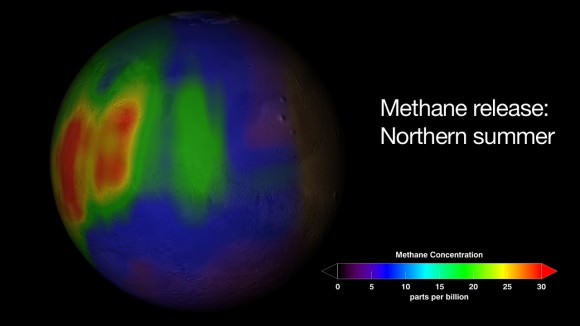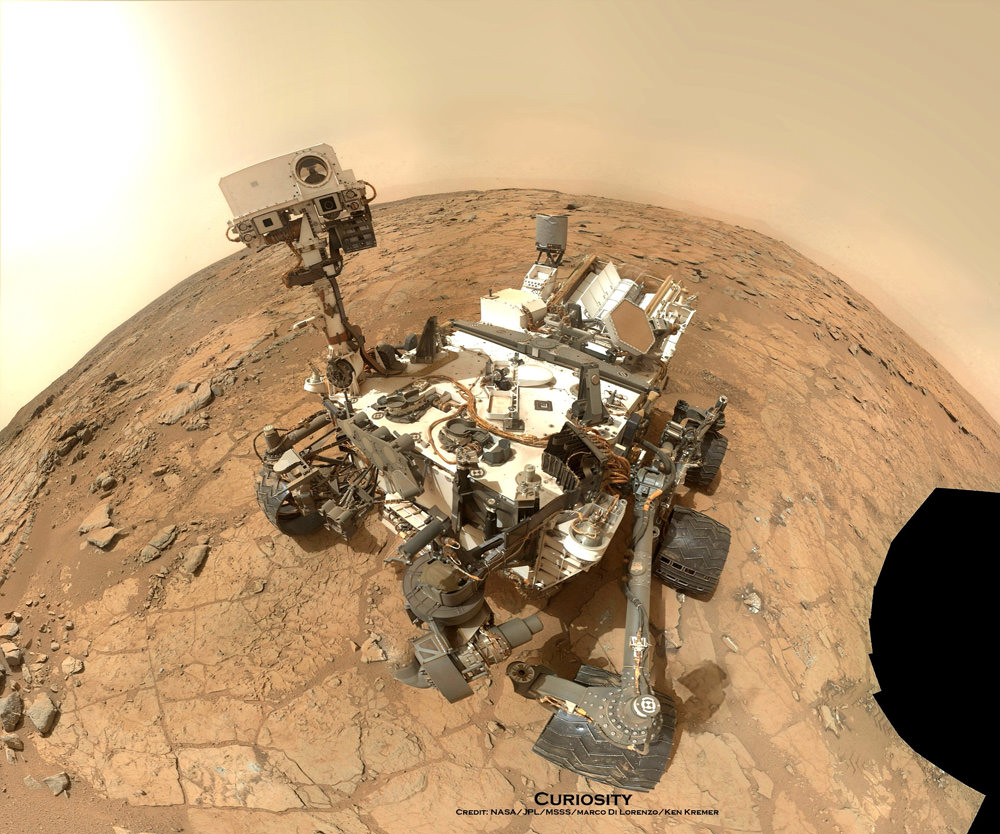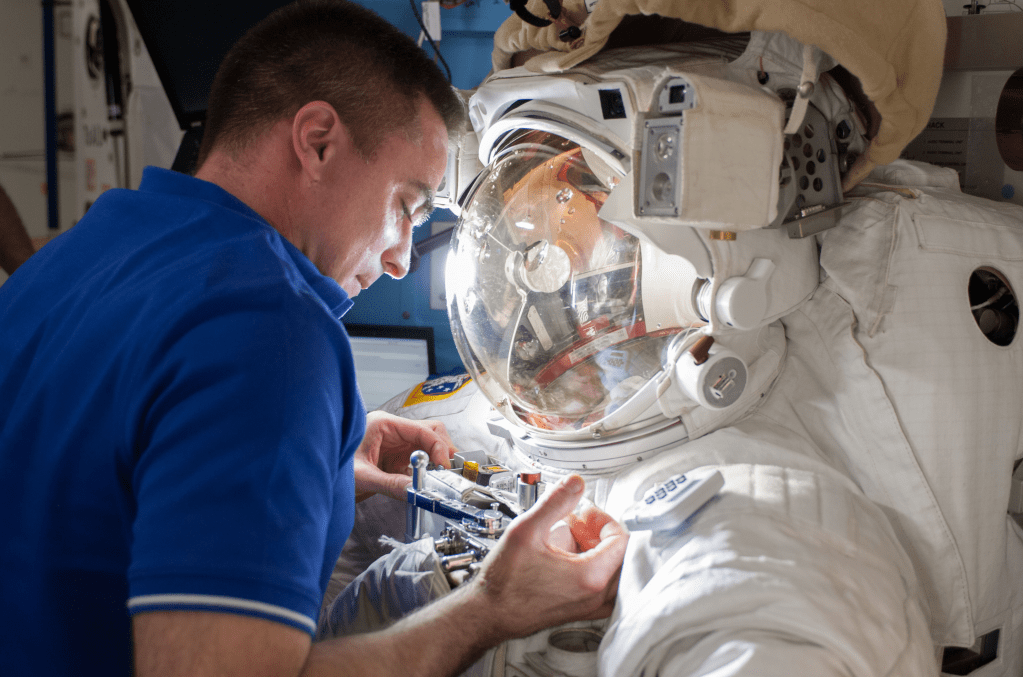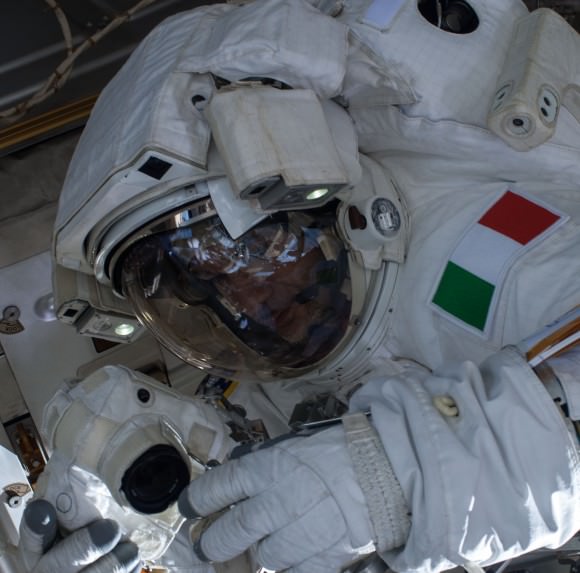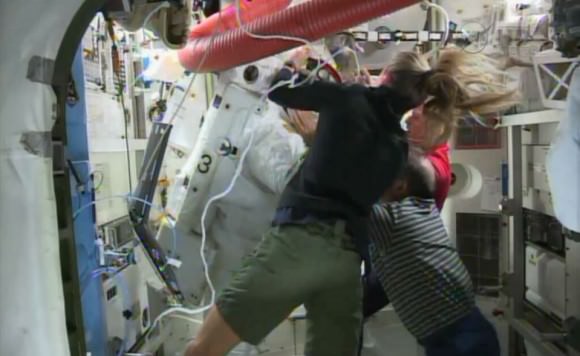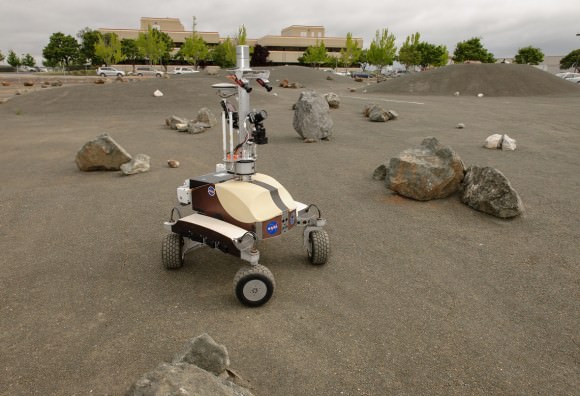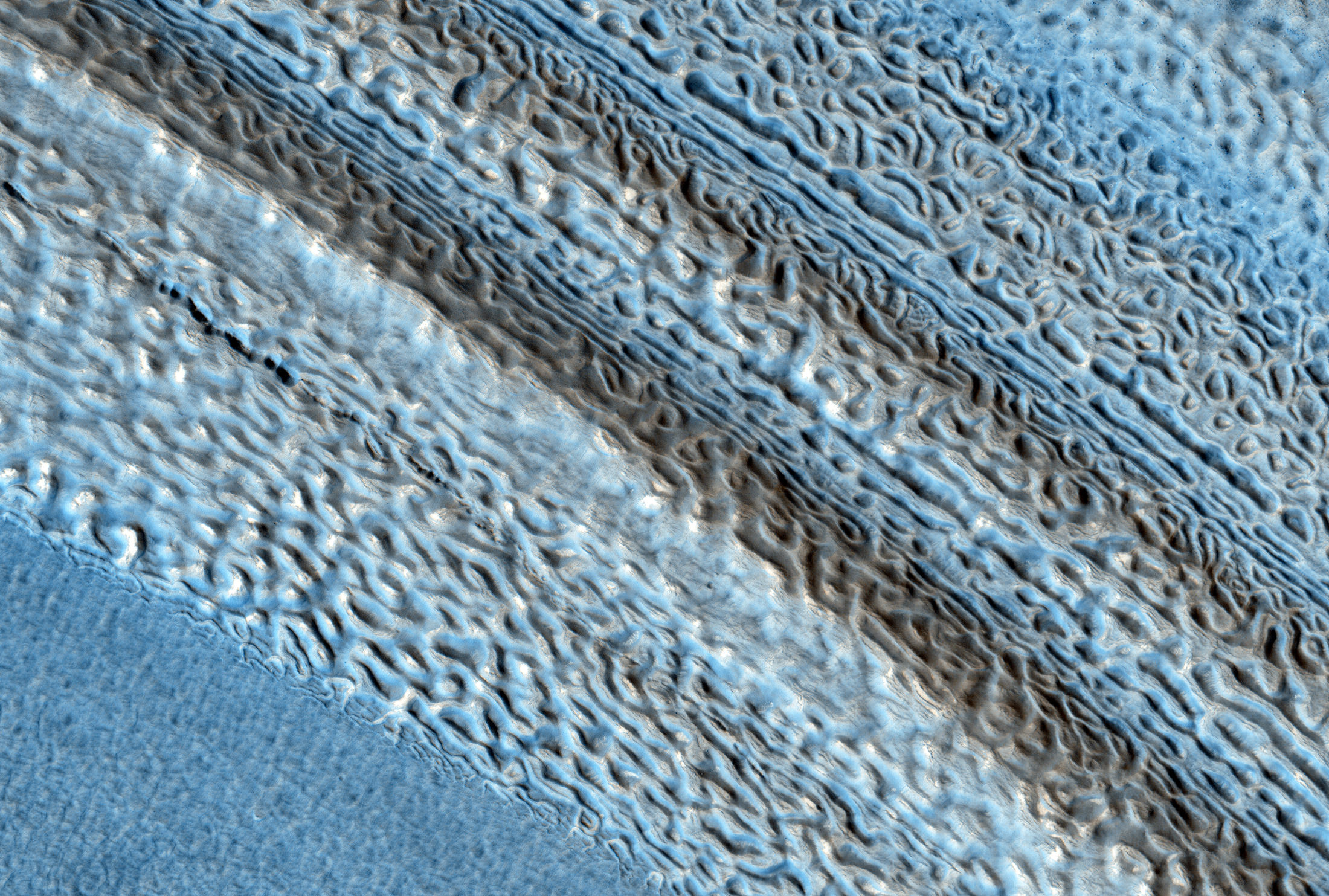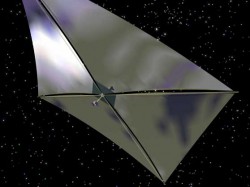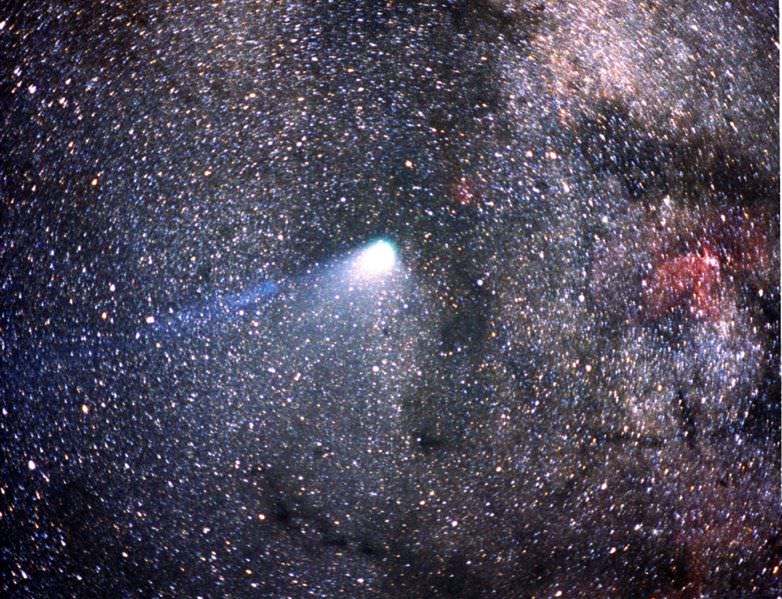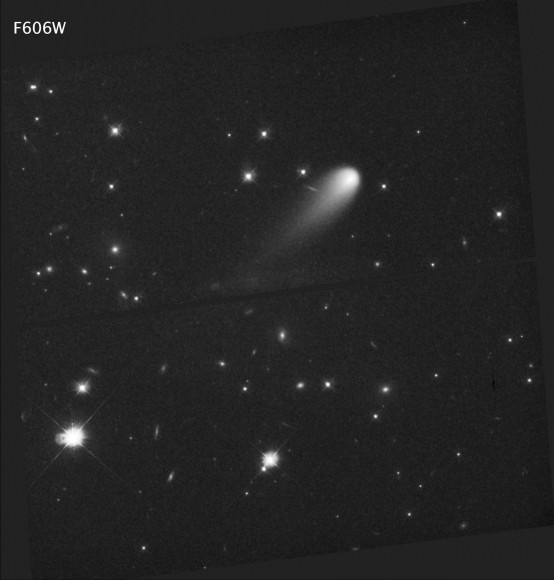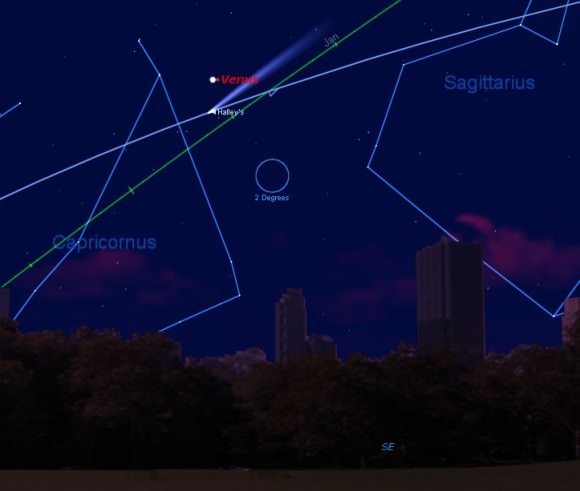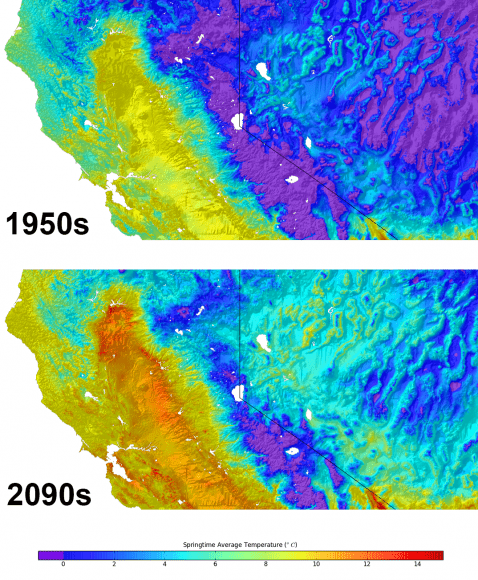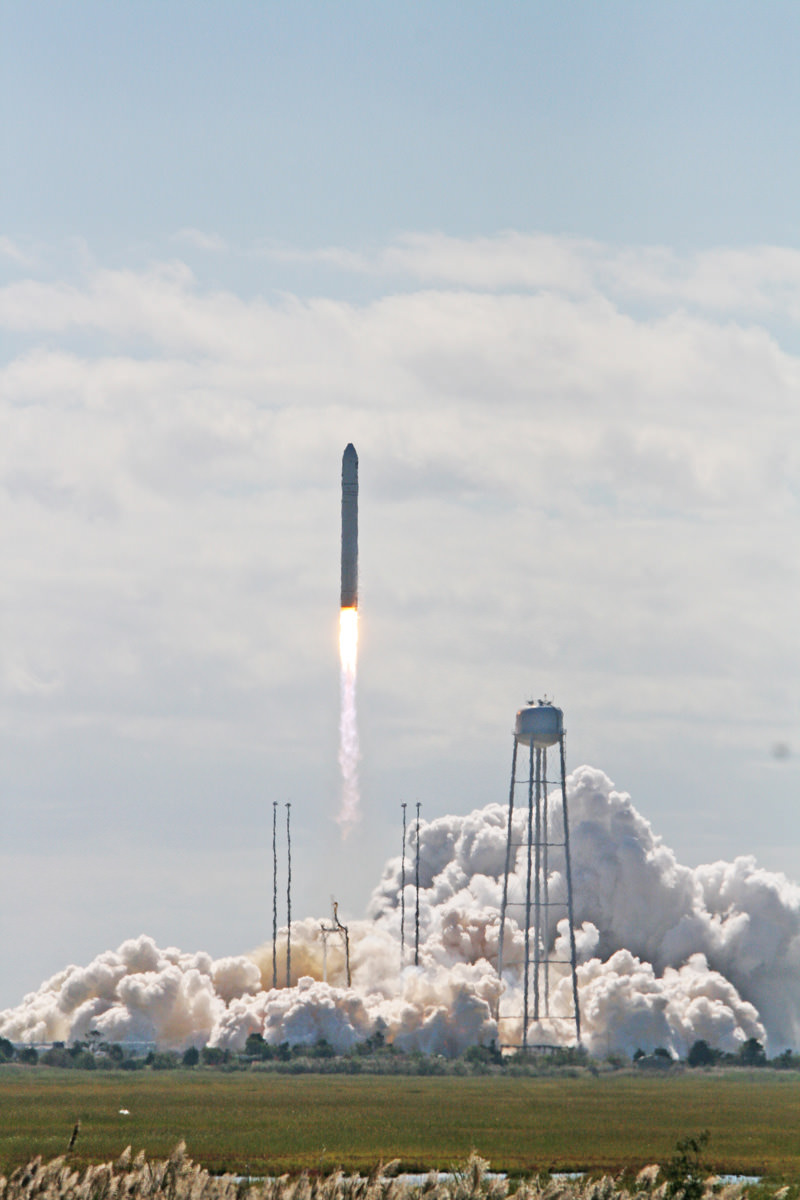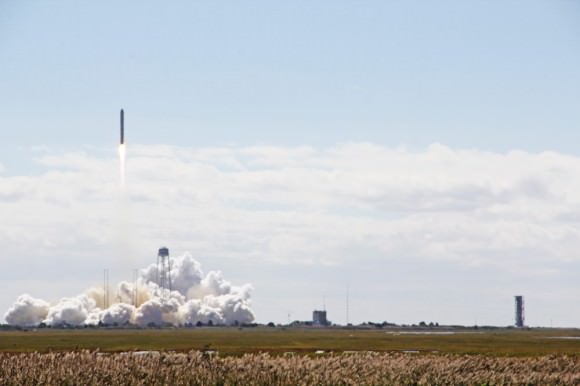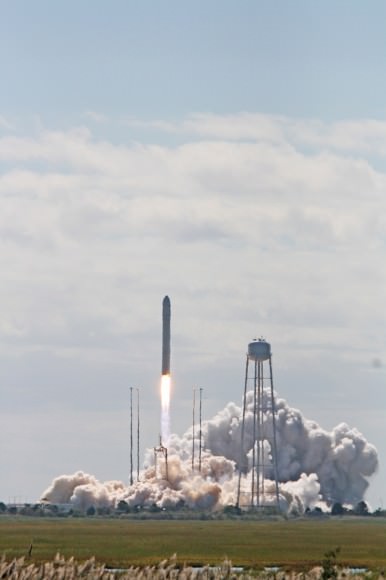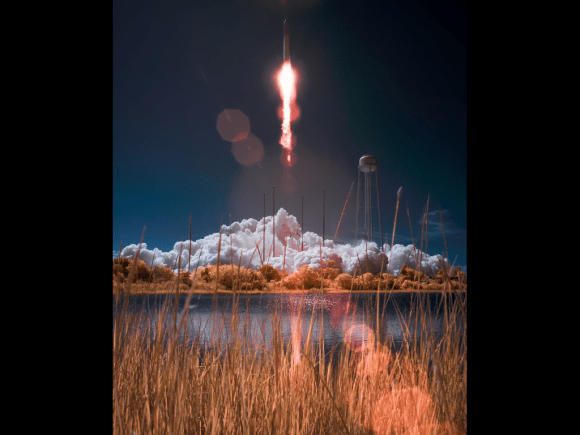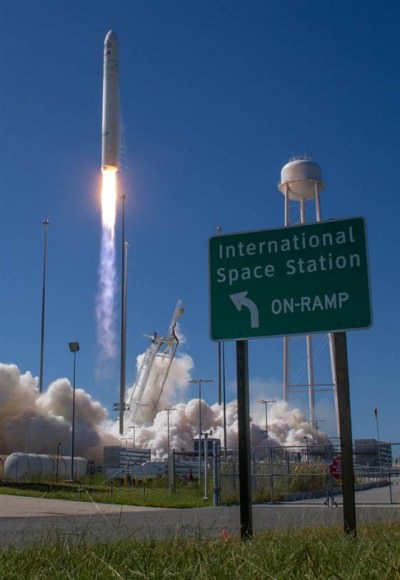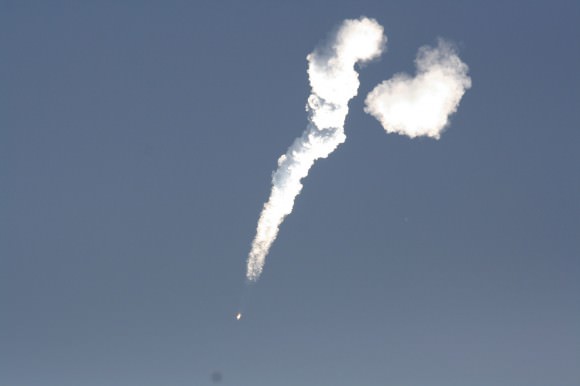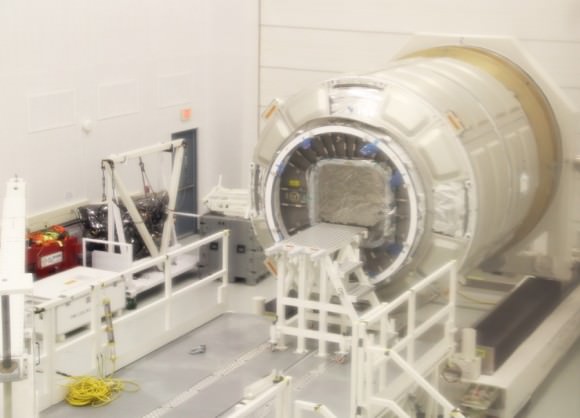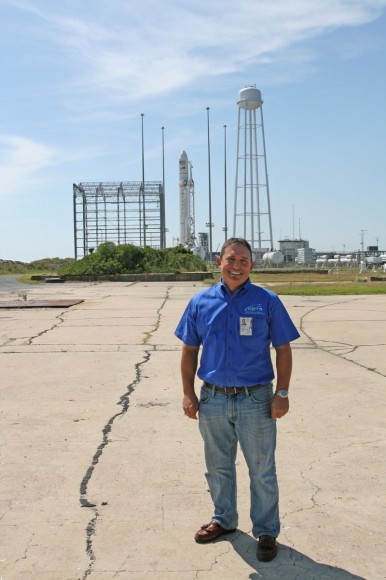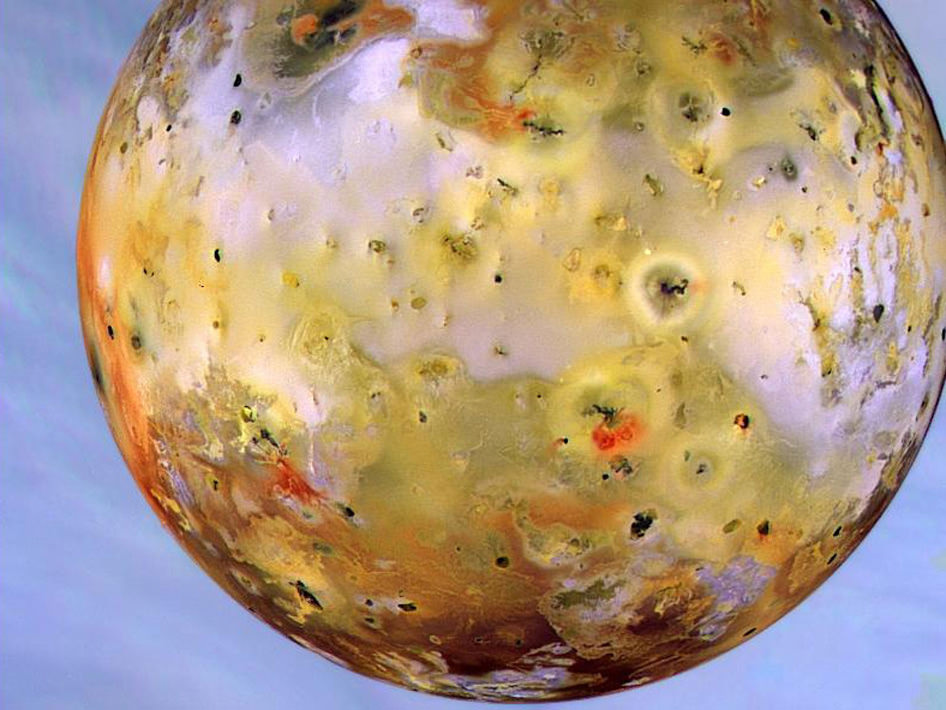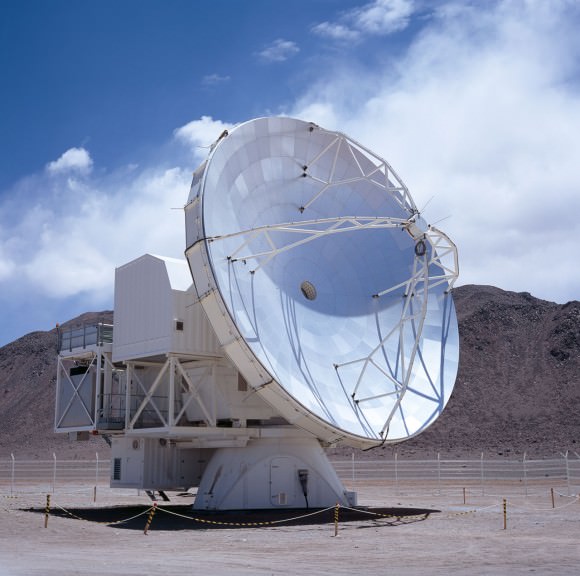Homer Hickam — you probably know the name from “October Sky,” the movie based on his memoir, “Rocket Boys.” But Hickam is also the author of several other books, crossing many genres and subjects. In addition to being an author and hobby rocket builder, he’s also been a miner, a soldier in Vietnam, a NASA engineer, and a SCUBA instructor, with interesting hobbies like hunting for dinosaur bones. We recently talked to Hickam about his latest book, Crescent (read our review here), but had the chance to talk about his life and career as an author.
Universe Today: Homer, with all the different books you’ve written, you are truly a man for all seasons!
Homer Hickam: I like to switch genres. Publishers hate that! What they’d really like me to do is to write Rocket Boys over and over again in some guise. I’d probably sell more books that way, but it’s not as much fun! And I like to write about different things and try to stretch myself.
UT: Did you always know you wanted to be a writer?
HH: My early teachers were pretty sure I was going to be a writer because I had no inclination towards math and science at all. And they knew I had some writing capabilities. If it hadn’t been for Sputnik, I probably would have ended up as an English professor! I had to work really hard to become an engineer. The way I looked at NASA was that it was an agency that was doing something adventurous and moving us outward into space, and what could be more fun than working with an outfit like that! But I didn’t know that Vietnam would come along and distract me and my generation for quite some time.
I was always open to doing many different things. When I came back from Vietnam I made up my mind that I wanted to live a life of adventure. But I also wanted to have some security in my life, and I have to say I’ve done both of those. I had day jobs that I really loved, but I also allowed myself to go out and do some dangerous stuff, and also do research and turned that into a writing career.
UT: Did you ever in your wildest dreams imagine that one of your books would be made into a musical?
HH: No, or a movie either! When you are a new writer, you think, all I have to do is get published and everyone is going to love what you’re saying and a movie will be next. But the truth is, it once you become a published author, you realize the odds of getting your book made into a movie are pretty slim – there are many more books coming out than movies being made, or musicals for that matter.
Rocket Boys was a phenomenon that I didn’t really realize how popular it was going to be and neither did the publisher. It kind of transcends the author. The story kind of hit at the right time – in 1998 the world was desperate for a story like that. I’ve tried to kill it several times but I can’t – people come up to me and say “I love your books!” and I ask which one – and usually they say, “Oh, you’ve written more than Rocket Boys?”
So, especially when you’ve written about your life, you tend to get pigeonholed into that. But I am grateful for Rocket Boys and its success and I wouldn’t change a thing.
Rare footage of Homer Hickam and zincoshine-propelled Auk rocket:
UT: What parts of Rocket Boys/October Sky being so successful has meant the most to you, personally?
HH: Shuttle astronauts used to watch it before their flight, which I thought were pretty cool, especially since I was the training manager for science flights, especially for Spacelab flights and I set up the curriculum for International Space station shuttle flights.
However, when astronauts would write and tell me how much the movie meant to them, as ungracious as it sounds, I ask them if they read the book! The book is different form the movie.
UT: One question I’ve always wondered … were you disappointed that the name of the movie wasn’t Rocket Boys, or did you like that the book and the movie were different names?
HH: Actually, I hated that, and I still hate it. The real story of how the movie was made was that the movie was made before the book came out, so it was actually a race to see which came out first. The movie people had no respect for the title because the book hadn’t proven itself. Even though they made the movie as Rocket Boys –(the script said Rocket Boys, the director’s chair said Rocket Boys — but at about the same time another movie came out called Rocket Man, which was a stupid comedy, and there was also the movie The Rocketeer, and the marketing people were worried about that.
The film people used anagram software, taking the words ‘Rocket Boys’ and turning it into ‘October Sky.’ They asked me what I thought of the new title, and I said, “I hate that title, it doesn’t mean anything, it’s dumb,” and they replied, “Great, we knew you’d like it.”
But I’m very proud of how October Sky worked out. I hear from engineers, technicians, doctors, and scientists from many different occupations who tell me that they are what they are because of October Sky.
I think every substitute teacher shows October Sky, and it has inspired many people to go into some kind of technical field. That’s not why I wrote the book, or agreed to do the movie, but that’s how it worked out. People see it and say, “If someone from Coalwood, West Virginia can do something like that, then so can I.” And I hear that from people from around the world.
Home video from Homer’s youth:
UT: Who would have thought that the book, the movie and now the musical would have inspired so many people!
HH: But for me, as the author, the primary story line was the father-son story, a boy who so craves the love of his father that you think he’d do anything. But when the father does put his hand out and says to follow in his profession, the boy has to say no. And I think that came out well in the movie. And I’m happy to say I’ve heard from a lot of adults who have either read the book or seen the movie and that’s what they got out of it.
UT: I have to ask you about your recent involvement with the science experiment gone wrong for the girl from Florida, Kiera Wilmot, whose exploding science experiment got her in trouble (read more about it here). What you did for her was just wonderful, by the way! How much of yourself did you see in what happened with Kiera?
HH: It was almost like it was taken out of my book, really. You have kids trying to do something scientific and messing up, as kids will do, and getting in trouble. Back in the 1950’s when the Rocket Boys and I got in trouble in a similar way, we knew it would only go so far, that we’d get in trouble with our parents. But now with the zero tolerance rules this young lady ended up locked up in a room for hours and threatened with two felonies and might be sent to prison.
I had to do something. I’m not a lawyer so I couldn’t get her off the hook, but I wanted something positive to come out of this. I live here in Huntsville, Alabama where Space Camp is and that was just a natural, that Kiera could come here and come to Space Camp and meet other kids that are interested in the sciences.
So I contacted her mother and asked if that was OK, and she said yes. Then I found out Kiera has a twin sister Kayla, and so for her we raised funds through a crowdsourcing site. We were looking to raise about $1,200 and we got almost $5,000.
And so, we were able to have their mother come as well, with some funds left over for their schooling back home and to help them prepare and apply to colleges. Additionally, with all the publicity, Kiera and Kayla are already getting some scholarships, and Kiera has been offered an internship with SpaceX.
As someone said, if it weren’t for experiments blowing up…there would be no Nobel Prize.
UT: Homer, thanks so much for spending some time with us today!
HH: Great to talk to you!
For more information about Homer Hickam, see his website.
